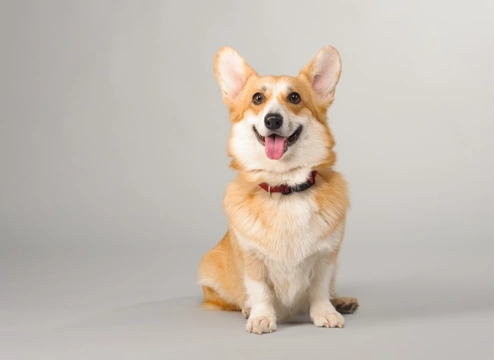
Magical Moments with your pet – Top tips on photography
Pet photography can be difficult, particularly if your pet has no desire to be a ‘poser’! Some pets seem to know the exact moment you want them to sit or stay still and appear to go deliberately out of their way to avoid a camera flash or something being pointed at them that makes a noise! Camera shy? No. Awkward? Yes!
Recording those magical moments and memories for posterity is wonderful – you will never forget your beautiful pets and their quirky behaviour. But just how difficult is it to capture those moments? Patience is a virtue but setting the stage for the big moment is potentially more difficult.
So how do you start? Preparation is the key even though you will be able to take instant shots as and when. It’s a great pastime, and you want to capture your pet at his or her best. If you get the shot right, there is no need for elaborate and expensive cameras, although if you are keen, then do invest in a camera that gives you the ability to do more difficult pictures.
What are you trying to achieve?
You need to work out what you want to see from your photographs. Perhaps it’s just a classic photo for your album, or Instagram, that truly reflects your pet’s personality. It may be an action shot if they are active dogs, or something that just depicts your pet in terms of narrative. Taking photos in your pet’s natural environment is much easier – this is where they feel the most comfortable and at ease. If you want to picture your dog in full flight, then it must be on his normal favourite walk or exploration.
If your desire is to picture him or her with the family at home, then make sure you clear up around the area you will be taking the photograph, as you don’t want extra baggage around the shot. Work out which family members you want in the photo and position them accordingly. If you want a ‘loving’ photo with your children, you need to ensure that your pet is comfortable and not being cuddled to death, making them shift their position every few seconds!
If you are taking an outdoor shot, catching them in the moment can be difficult, particularly if other dogs are around to distract the focus. Find a quiet part of the forest or woods or fields, where he has his mind on doing favourite things.
Pick your time of the day – bright sunlight is not so good
To create atmosphere and clear shots, photographs are better taken in the early morning hours, or just before dusk. There will be a distinct golden glow around your image, and your pet will be less likely to encounter distractions. In photography terms, this is called the ‘Golden Hour’ – colours are bright but subtle and the overall effect of these photos will reflect your pet better. Indoor photos will depend entirely on your own in-house lighting.
Photographing pets such as those that are caged or in vivarium can be easier, as generally speaking you will have some light going into the habitat. Be prepared to click on your image quickly if you want to see a tongue in action!
Try getting ‘down and dirty’!
If your pet is used to rolling around with you on the floor, or playing on the carpet or in the garden, use that moment to photograph the joy in their face. Precious moments with your dog or cat will bring out the best in their faces, particularly their eyes. A camera that takes in ‘burst’ or ‘frames per second’ will capture everything you want. You may be able to achieve this with a high-rated mobile phone, but this is not as effective as a camera designed for multi-shots. Multi shots will allow you to pick the exact expression that you enjoy about your dog, cat or other pet.
Memories need memory!
Don’t go to all the effort of positioning or playing around with your pet, if you don’t have enough memory in your camera. Just as you get to that perfect shot, you may not have enough memory, and the moment will be missed! Photos take up a lot of space, so be prepared. Keep the viewer on your camera clean, as dog ‘slobber’ does not enhance any photos!
‘Selfies’ are not necessarily a good idea, as they can frequently be out of focus. If you want a portrait of you and your pet, do try to get someone else to take it, otherwise you could be wasting your time and energy with the unpredictability of the shots.
Important – stay relaxed!
The best possible photos are taken if you stay relaxed – any signs of stress will put both you and your pet off that magical moment.
Look at other photography
Look through books, magazines and website examples to get inspiration. When you see something you like, try to replicate it, even if they are done by professional pet photographers.
Above all, reward your pet at the end of your photographic session! Once he realises that recognition and reward come at the end of posing, he will be more likely to strut his stuff next time! Enjoy!



